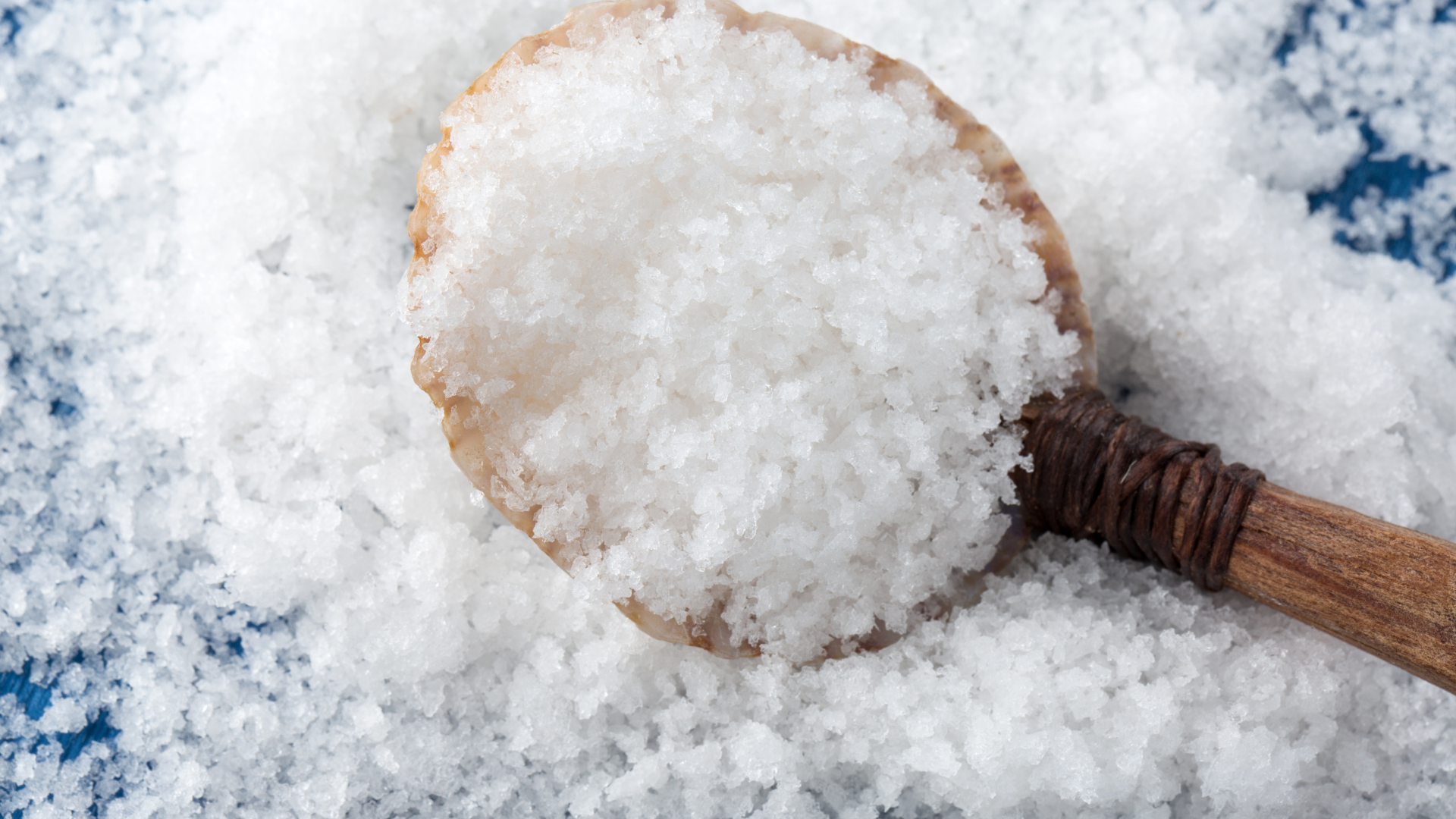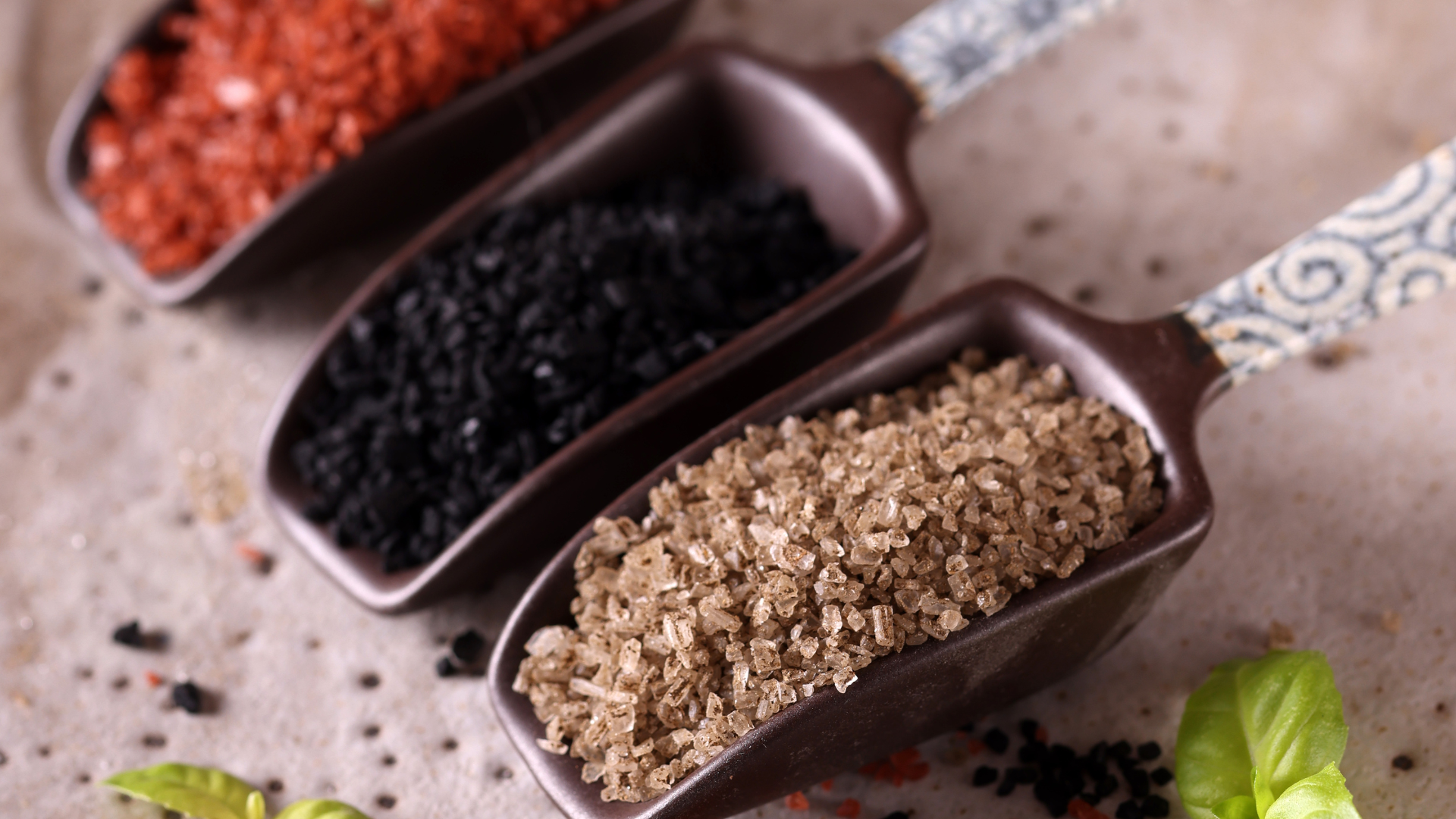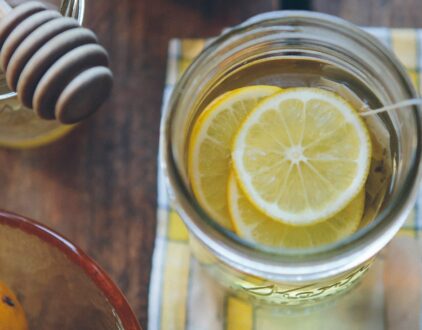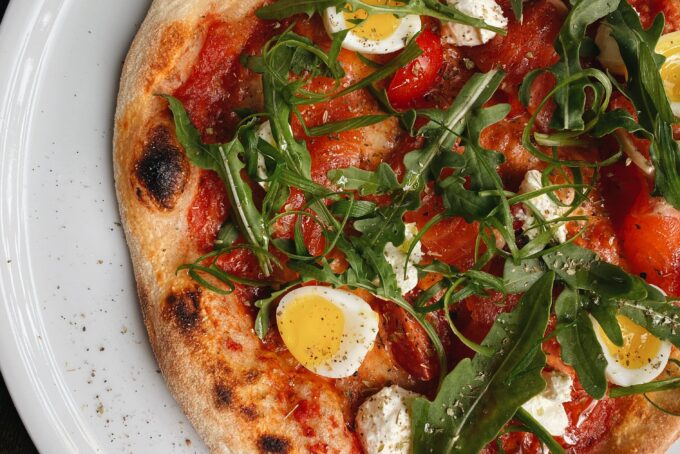There’s nothing worse than ruining a good meal because you used the wrong cooking salts. But, what’s a meal without seasoning it with salt? As important as adding salt to your meals is, not all salts are created equally. The type of salt you use can significantly impact the flavor and texture of your dish.

The Basics Of Cooking Salts
Salt (or sodium chloride) is the humble seasoning that has the power to elevate or destroy a dish. It’s a staple in every kitchen, yet many home cooks and even some professionals don’t fully understand its nuances. Have you ever wondered why your carefully prepared meal fell flat, despite following the recipe to the letter? The culprit might be lurking in your salt shaker.
From the coarse grains of kosher salt to the delicate flakes of sea salt, each variety brings its own characteristics to the table. It enhances flavors, preserves food and can even affect the texture of certain dishes. Knowing which one to use is the key here.
Table Salt
Table salt is perhaps the most familiar type of salt found in most households. It’s finely ground and often contains additives like iodine and anti-caking agents. While it’s convenient for everyday use, table salt’s fine texture can make it easy to over-salt dishes. Its intense, sharp flavor can sometimes overpower more delicate ingredients.
Sea Salt
Sea salt, derived from evaporated seawater, is a versatile option for everyday cooking. Its production dates back to prehistoric times, and it is less processed and more mineral-rich compared to other salts. Available in medium or fine grains, medium grains can be used as a finishing salt to add texture, while fine grains are suitable for cooking or baking recipes to enhance flavor complexity.
Kosher salt

Kosher salt is the preferred choice for professional chefs due to its large, coarse grains that are easy to sprinkle over various foods. The term “koshering” originates from Jewish culture, referring to the use of salt to remove blood or moisture from meats. As a result, kosher salt is commonly used in preparing meat, poultry, fish and vegetables rather than at the dining table.
Even though it’s one of the most valuable cooking salts, it loses its iodine content when it is dried and does not have it added back in. The main difference between table salt and kosher salt is the shape and size of the crystals; table salt is like small icy pieces compared to the larger, fluffier flakes of kosher salt.
Table salt’s smaller crystals tend to bounce off food and settle into cracks, while kosher salt melts on contact with many foods, causing the crystals to stick. This results in more even coverage of the surface of the food. Professional chefs appreciate the thicker, coarser texture of kosher salt, which makes it easier to sprinkle over food. It is an excellent all-purpose salt.
Flake Salt
True to its name, flake salt has a flaky texture and may even have a pyramid-like shape if you look closely. This type of salt is also derived from seawater, but it has a lower mineral content compared to other seawater salts. While it is commonly seen sprinkled over cookies, it can also be used to add a vibrant flavor to salads and meats.
Himalayan Pink Salt

Sourced from salt mines in the Himalayan Mountains of Pakistan, its distinctive pink color is due to the presence of iron oxide, a compound of iron and oxygen. Despite being more expensive than other salts, it is known for adding a smooth salty flavor with a hint of sweetness to dishes.
All Himalayan pink salt originates from a single mine in Pakistan, where the varying concentrations of trace elements give the salt a spectrum of colors ranging from pale pink to a deeper beet-pink. Some Westerners, eager to romanticize Eastern cultures and find new health remedies, have attributed almost mystical properties to Himalayan pink salt, leading to a market of products like pink-salt lamps and spa rooms. Despite claims of health benefits, there is no scientific evidence to support these assertions.

Although it may not be a cure-all, Himalayan pink salt is one of the few naturally colored salts, and its natural beauty is undeniable. It is available in fine grains similar to table salt, as well as larger chunks suitable for grinding or even massive slabs for cooking. While using these slabs to cook may impart some saltiness to the food, their primary appeal lies in their visual impact rather than their culinary influence.
Celtic Salt
Unlike many of these other cooking salts, Celtic sea salt originates from the Atlantic Ocean near the shores of France or Spain. It closely resembles regular sea salt but has a coarser texture and a grayish color due to its mineral content.
Due to its composition, Celtic sea salt is ideal for sprinkling as a final touch on dishes such as roasted vegetables or grilled meats just before serving.
Fleur De Sel Salt

Similar to Celtic sea salt, fleur de sel is harvested from evaporated seawater off the coast of France, particularly in Brittany. Translating to “flower of salt” in French, it is rare and comes with a high price tag. Unlike other salts, fleur de sel is not used for cooking but is instead used as a flaky topping for salads and baked goods to provide a crunchy texture and a hint of brininess.
Hawaiian Salt

Like any of the cooking salts, it’s formed by the ocean. What makes Hawaiian salt so unique is from its drying process, which is in beds carved into lava.
The color of the lava can range from brick red to black, resulting in the availability of red Hawaiian salt and black Hawaiian salt in the market. These may also be referred to as volcanic or clay salt. In contrast to moist French sea salts, Hawaiian salt is completely dried.
To achieve a black color, some salt producers add activated charcoal to regular sea salt, mimicking the appearance of salt dried in black lava beds. Additionally, some black salt may appear dark brown due to the inclusion of other spices or cooking processes.
Seasoning With Cooking Salts
When seasoning during the cooking process, consider the type of salt you’re using and how it will interact with your ingredients. Kosher salt is often preferred for this purpose due to its ability to dissolve quickly and distribute evenly throughout the dish.
For soups, stews and sauces, add salt gradually and taste as you go. Remember that as liquids reduce during cooking, the saltiness will become more concentrated. It’s always easier to add more salt than to fix an over-salted dish.
When seasoning meats before cooking, kosher salt’s larger grains are ideal for creating a flavorful crust. Apply the salt at least 40 minutes before cooking to allow it to penetrate the meat, enhancing flavor and tenderness.
Finishing Salts
Finishing salts are typically added just before serving to provide a burst of flavor and texture. Sea salts, especially flaky varieties like Maldon salt, are excellent for this purpose. A sprinkle of flaky sea salt on a piece of grilled fish or a slice of chocolate cake can elevate the dish from good to extraordinary.
Baking with Salts
In baking, salt plays a role beyond just flavoring. It strengthens gluten in bread dough, controls yeast growth and enhances other flavors. For most baking recipes, fine table salt or sea salt is preferred due to its ability to distribute evenly throughout the dough or batter.
All Cooking Salts for the Win
Your spice cabinet should have enough room for every single one of your favorite flavors Now you know that there are several cooking salts that you should make a special space for, each of your meals shouldn’t just be flavored with your average table salt. When you have a variety of cooking salts that come from different parts of the world, you welcome better flavor and texture to every delicious bite.
popular posts
- 1It’s Black Business Month, So Let’s Go Shopping and #BuyBlack!
- 220 Deliciously Simple Tequila Drinks With Only Two Ingredients
- 3Cortisol Cocktail: A Yummy Drink With All The Health Benefits
- 4A Look Inside Elon Musk's Tiny $50,000 House
- 5These Are the 10 Things You Should Never Put in the Dishwasher
Entertaining

Crème de Violette Cocktails You’ll Fall In Love With This Spring
by Hayley Hynes | March 27, 2024

The Skinny Cortisol Mocktail Recipe to Heal You This Hot Girl Summer
by Hayley Hynes | April 24, 2024
Spaces
Whether it’s luxury or ease, every area of your home should be as fabulous and unique as you.
Cooking a Thanksgiving Turkey for the First Time? Here’s What Not To Do
by Brittni Williams | November 21, 2023
Here are 6 Delicious Recipes for Repurposing Thanksgiving Leftovers
by Brittni Williams | November 24, 2023
FOLLOW ALONG ON INSTAGRAM
#homeandtexture
Find us on social for more home inspiration where culture, personal style, and sophisticated shopping intersect to help you create a home where you love to live.






